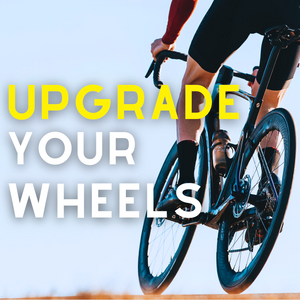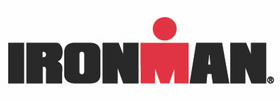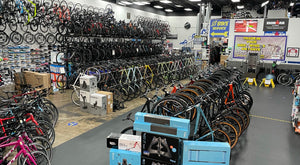
ADJUSTING TRAINING IN THE SUMMER HEAT
ADJUSTING TRAINING IN THE SUMMER HEAT
Summer is here, and so is the heat and humidity that comes with the sunny blue skies. As the heat and humidity increase, so does the amount of work it takes your body to pump enough blood to keep you cool. Your sweat rate will likely increase, and your heart rate will increase even faster than normal. But do not worry! Even the most seasoned athlete goes through this adjustment period when the weather changes, so this is important that you take the proper precautions and adjust as needed to ensure the most effective training possible.
Timing and Indoor Sessions
As the summer heat comes around, try to complete your workouts early in the morning or later in the evening to ensure you are not training at the day's peak temperature. It is important to schedule your training to get the most out of each session, and while training in 80 degrees early in the morning is not the most comfortable, it will be more tolerable than 100 degrees in the afternoon. You should also look into completing quality sessions indoors on the bike trainer or treadmill to ensure you are still getting in quality workouts (see below regarding modifying speed sessions).
Hydration
The summer brings about higher temperatures and higher humidity, raising your core temperature and increasing your sweat rate. The more you sweat, the more your body must work to cool down your core body temperature. More sweat loss means more fluid and electrolyte loss, sodium, for example, which can impact muscle function and increase your heart rate even more. The more sweat you produce, the more sodium your body loses, which can bring about cramping and muscle dysfunction. It is important to not only stay hydrated during your sessions but to stay hydrated throughout the day and as a recovery process. Taking a water bottle on your run, such as this Orange Mud Handheld Hydration Bottle, or a couple of bottles on your bike ride or swim can help ensure your body is topped off with fluids and necessary electrolytes. One way to ensure you are taking in the proper amount of sodium during your sessions is to schedule a Playtri Advanced Sweat Test and talk with a coach about properly hydrating.
Training Stress Increase
One of the most important aspects of training is to understand the effect of temperature and weather as it pertains to training stress; outside factors impact the amount of work the body must do to achieve the given workout. Heat and humidity make workouts objectively more difficult, especially if you are used to cooler weather and have yet to acclimate to the heat. Athletes must adapt to the heat and allow their bodies to get acclimated to the heat; increasing training stress by workout volume and heat adaptation at the same time too quickly can increase the risk of injury or burnout.
This is where looking into coaching can benefit any athlete because the coach's job will be to monitor heat adaptation and training load as well, as to ensure that you, as an athlete, are adjusting properly to the heat and humidity. The volume may not increase as quickly as the summer heats up, but it is important to trust the process. If you are interested in learning more about coaching, check out our Playtri Individual Coaching Plans.
Train for Time, Not Distance (and DON'T be afraid to go SLOW)
During the summer months, your training pace will likely slow down considerably, but that does not mean you are losing fitness. An hour easy run is an hour easy run, whether it is completed at 8:00 minutes per mile or 10:00 minutes per mile. The time on your feet is what you are looking for when it comes to training stress, so slow down your run to ensure your heart rate is not going too high. If you feel you are working harder than you should be, slow down.
Triathletes tend to work too hard because they feel as though they will lose fitness if they go easy, but when you go too hard too often, your body will negatively respond to unnecessary training stress. Easy workouts are a crucial part of training, so embrace the easier pace and allow your body time to adapt. When in doubt, go easier.
Modify Speed Sessions as Needed
Tempo runs, hill workouts, and speed sessions will feel even more difficult in the heat and humidity. You can continue these workouts as prescribed when you are acclimated to the heat, but it is important to modify them as needed to ensure you are getting the most out of your sessions. For example, if you are given a speed session with a 1-minute speed interval, followed by a 4-minute easy interval, you may be used to just slowly jogging the easy interval. However, allow yourself to stop or walk during that time so that your speed interval is done correctly. Take your focus off your pace because, during this time, your perceived effort is what matters.
The most important aspect of training in the summer is to continue enjoying your training. If you feel you are getting lightheaded or struggling with a given session, it is OK to bail and allow yourself to recover. This is another opportunity to discuss training with a coach to ensure you are properly training for whatever your goals may be. I am currently taking on athletes, so if you are looking to discuss coaching as an option, contact me at michael.rourke@playtri.com! Happy Training!
Coach Michael Rourke is a Level 2 Playtri Coach and an American Swim Coaches Association Level 4 swim coach. He coaches junior and adult triathletes of all levels, as well as high school elite swimmers. He is also a 70.3 World's Qualifier and USAT Age Group Nationals Qualifier.




